Dorian is the second mode of the major scale so we get it by starting from the second note instead of the first. In the Key of C major the Dorian mode would be D Dorian, the notes would be D-E-F-G-A-B-C-D. The same notes as C major but starting from D instead of C.
The Dorian mode is normally used over a m7 chord, this is because the II chord in a major key is a m7. See our post on building chords from the major scale for more information. So if we have a chord progression which contains a II chord we can use the Dorian mode to solo or write a melody over it. We can also write chord progressions which resolve to Dorians I chord. For example dm7.
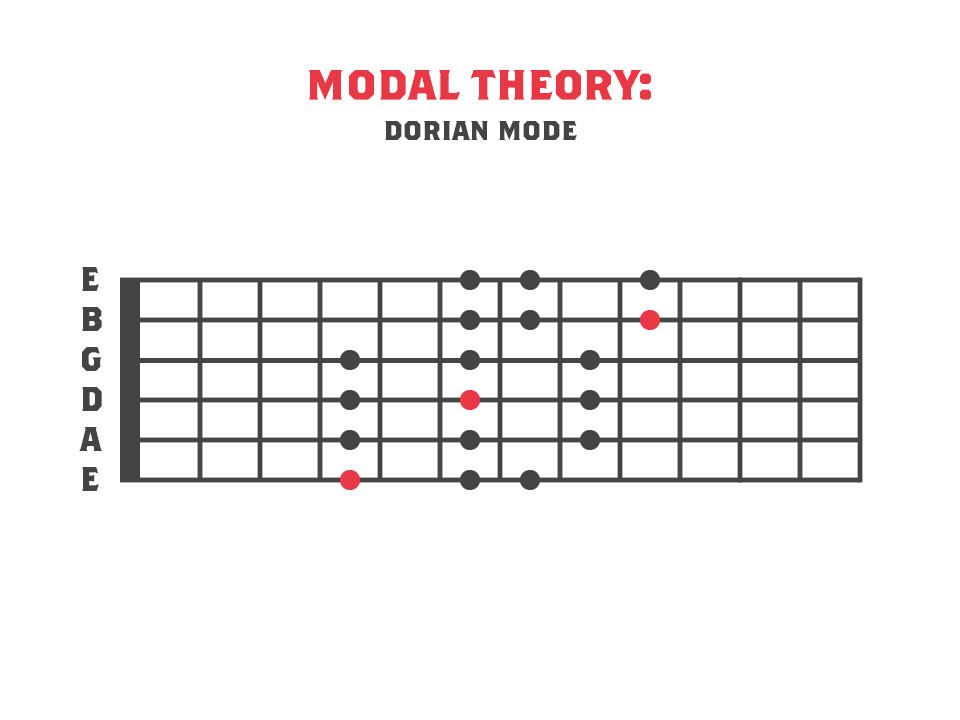
Here is the first octave ascending and descending:
The Dorian mode is considered to be a type of minor scale as it has a minor 3rd. However unlike the Natural minor scale (Aeolian mode) Dorian has a major 6th. In D Dorian this would be the note B, whereas the 6th note in D minor would be Bb. This gives it an unusual sound as it can be both sad and yet also quite hopeful in feel.
Using C Major as an example we know we can play D Dorian over the II chord. We can actually play it over any chord from C Major since D Dorian has the same notes. What makes it different from C Major however is when we play over progressions which resolve to the II chord. If a chord progression resolves to the II chord then even though our ‘Key Signature’ is C Major. Our ‘Key Center’ is D Dorian since we are resolving to the Dorian Note/chord.
Dorian Mode Example
The example below has a very simple chord progression using just two chords, Dm7 (D-F-A-C) and G7 (G-B-D-F). The G7 works well because it contains the note B. This is the note which distinguishes D Dorian from D minor so it helps to bring out the sound of the Dorian mode. The B is a Major 6th in relation to D and a Major 3rd in relation to G. It also brings out a Major sound even though we are using a minor mode.
Footnote: The guitar used in the cover image is a Mayones Duvell 7 String

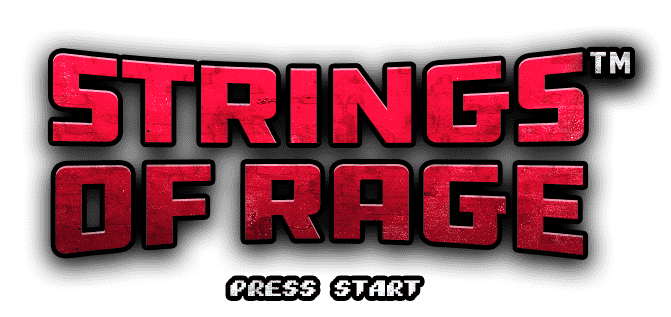
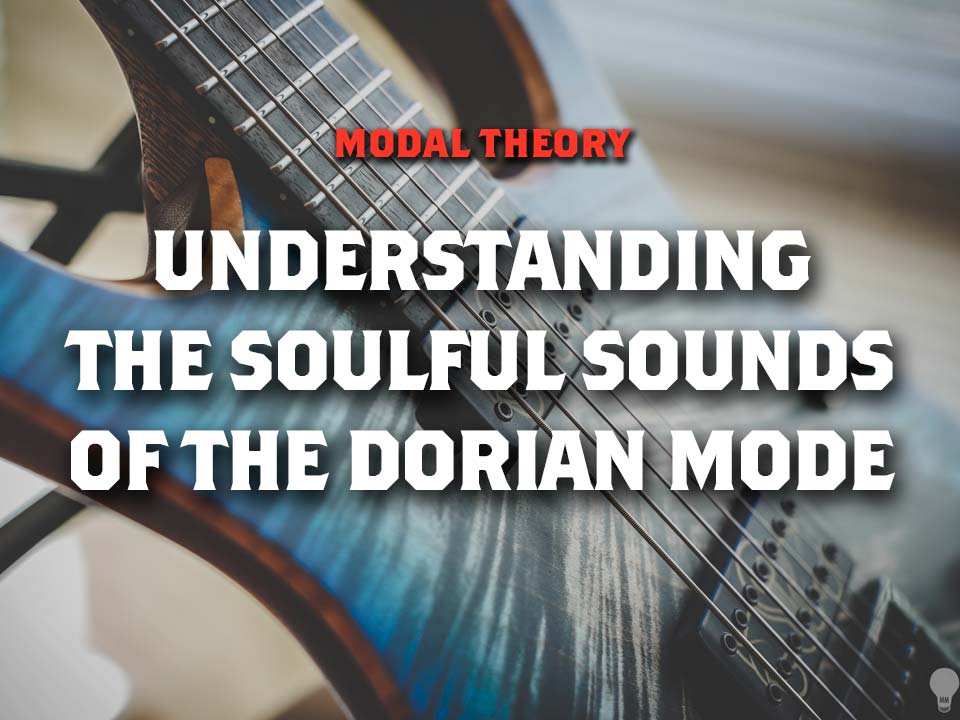



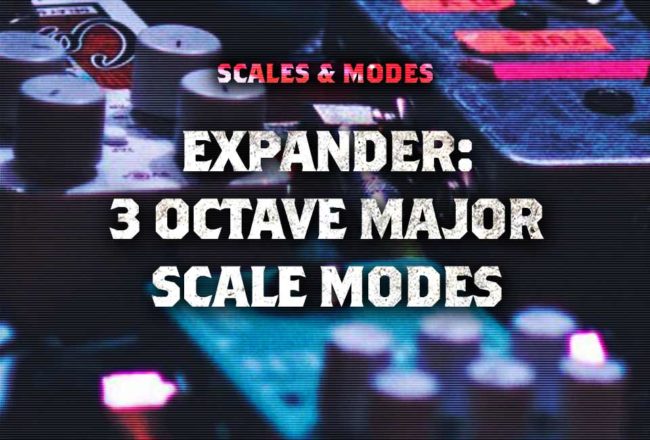
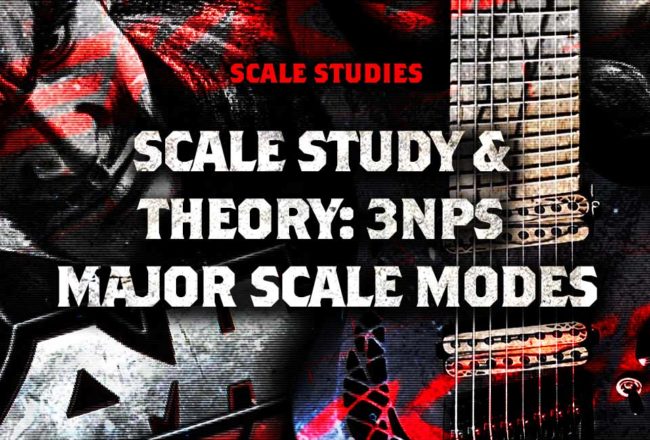






No Comment